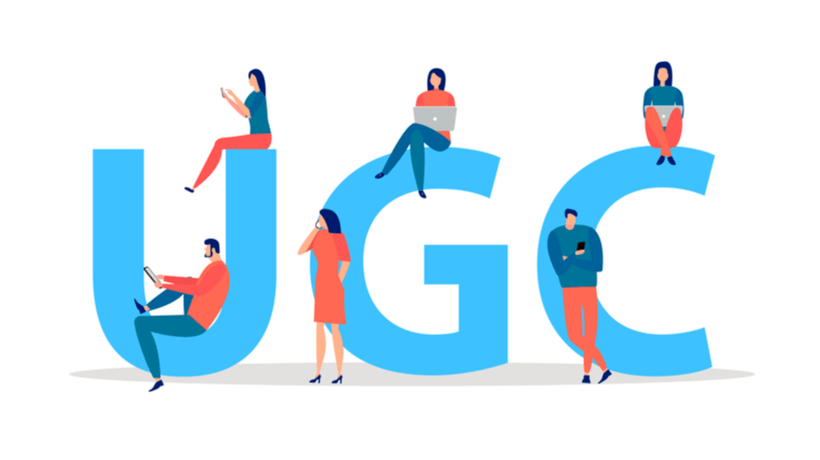The Advantages And Disadvantages Of User-Generated Content
Usually, in a typical eLearning module, the content is provided by a Subject Matter Expert, which is then used by an Instructional Designer to bring about the desired eLearning output. With the advancement in technology and the development of learning design, the availability of content across a variety of formats and platforms has empowered learners to gather and assimilate content in their personal ways. Moreover, modern web technologies allow users to directly publish their researched content. This has given rise to the socialization of media and content.
What Is User-Generated Content?
People can publish their relevant content without having to own a platform and going through complex processes. The field of learning could no longer be lagging behind. The concept of social learning emerged, which is a step ahead of traditional eLearning, where users have to learn alone. The concept of User-Generated Content goes a step further, wherein the user, along with being a learner of the content, generates their favorite learning content from which others can also learn. It is like an open platform where users can publish their content and build a learning community that contributes to the learning content.
Let’s take the example of sales training. In a traditional setup, users will log onto the LMS and consume the content provided by the subject expert and try to learn from that. On the other hand, in a User-Generated Content setup, the user will also publish their gathered content, experiences, and ideas which will be accessible to other users to learn from.
Sometimes the entirety of the content can be user-generated. Although the concept started with informal learning, it is rapidly gaining popularity in formal learning, both in the academic and corporate worlds. To understand why it is gaining popularity in the corporate eLearning scenario, we must look at how corporate learning works. In a typical corporate or industrial scenario, experience and applications matter far more than theory.
Let us again take the sales training example. Typical content on "how to sell" will become much more practical and interesting if someone puts their actual experience in the field and gives insight into how things actually work then they meet customers, the challenges that they face, the tactics that they use, and so on.
Advantages
This gives UGC a distinctive advantage over traditional eLearning. Let us look at some of the key advantages of UGC in a corporate eLearning scenario.
- Enhanced user-friendliness
UGC is user-friendly because it is created by the users themselves, so users feel more familiar with the content. Instead of writings from an expert, UGC can appeal to the users more. - Enhanced engagement and satisfaction
Users are actively participating in the teaching-learning process. In the case of UGC, the engagement is very high, which results in better motivation and learning outcomes. In addition, users also get the satisfaction of being heard and recognized for their efforts in learning. - More relevant
When content is being generated by a fellow user, other users find it more relevant and can easily engage with the content. Users know that one of their office colleagues has actually generated the content from their personal experience which is most relevant to their field of work. Thus, the content becomes more relevant to users. - Higher acceptability
UGC is found to be more acceptable by the users owing to its relevance in the day-to-day application of concepts in their jobs. - Enhanced learning culture
UGC moves users from passive learning to active learning. This fosters a learning culture among the employees and actively takes a part in learning and knowledge sharing.
Disadvantages
Despite so many advantages, UGC has some disadvantages also.
- User dependent
Not all users are active participants, this could lead to biased content where a few users will push their content and ways of thinking. - Reliability of content
The authenticity and reliability of the User-Generated Content can be an issue. Although this can be mitigated by moderation by an expert, this will consume the time of the expert in moderation. Moreover, moderation will be needed as a continuous process, thus increasing dependency on the expert. - Coverage of curriculum
Depending solely on UGC will create a skewed-perspective, as users will post content of their choice leaving out other areas of the curriculum.
Conclusion
UGC, if utilized wisely, can be a great step ahead in the eLearning industry in terms of User Engagement and experiential learning. It requires more research and careful monitoring to reap the true benefits.


